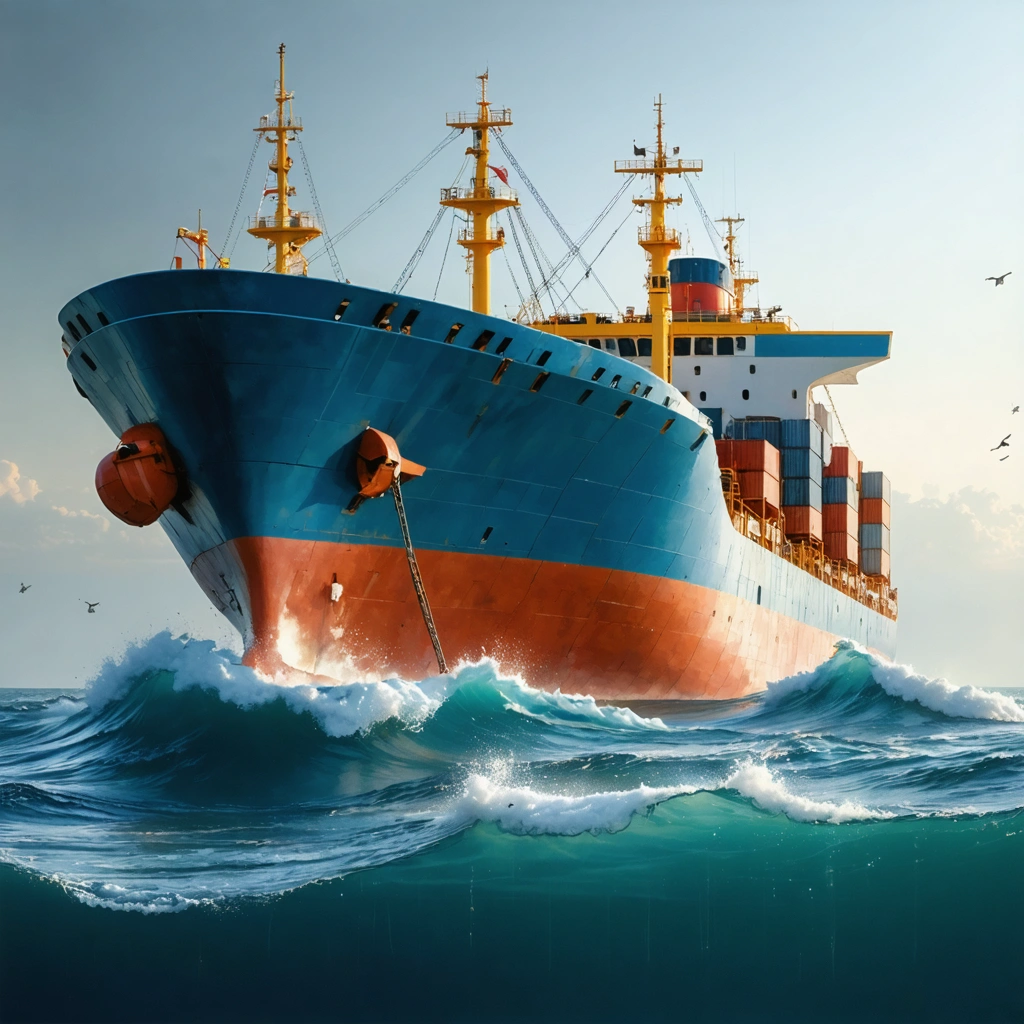
Introduction
The recent ship collision has raised significant concerns regarding the potential environmental fallout that may affect not only marine species but also the wildlife populations in adjacent terrestrial habitats. In a business context, it is essential to evaluate and quantify the risks that such incidents pose, both from an operational perspective and a strategic environmental sustainability viewpoint. Experts in the field have been closely analyzing the adverse outcomes, weighing the short-term impacts against long-term ecological degradation and the possible economic repercussions for affected industries.
Overview of the Incident and Immediate Concerns
Incident Description
The collision involved a large container vessel and another maritime transport vehicle, resulting in extensive damage to vessel structures. Early reports indicate significant hull breaches that have led to the spill of hazardous substances such as oil and chemical cargo into the marine environment. The immediate concern is the direct contamination of coastal and deep-sea ecosystems.
Immediate Environmental Risks
The following immediate risks have been identified:
- Oil and Chemical Spillage: The release of hydrocarbons and potentially toxic substances can form surface slicks, posing a threat to marine mammals, birds, and fish.
- Disruption of Marine Habitats: Physical damage to the seabed and coastal wetlands could jeopardize the habitats of numerous species vital to local biodiversity.
- Rapid Spread of Contaminants: Ocean currents may carry pollutants to distant shores, potentially impacting wildlife and coastal communities far beyond the initial impact zone.
Detailed Analysis of Potential Environmental Impacts
Marine Ecosystem Vulnerabilities
A marine ecosystem is an intricate network that relies on its biodiversity for functional stability. The spill from the collision could potentially lead to:
- Acute Toxicity: Marine species, particularly filter feeders and bottom-dwellers, may suffer from immediate toxicity if oil or chemicals are ingested.
- Reproductive and Developmental Effects: Prolonged exposure to contaminants can disrupt reproductive cycles in species such as fish and crustaceans, affecting population sustainability.
- Long-term Habitat Degradation: Ongoing contamination may result in the loss of vital spawning grounds, with repercussions for future biodiversity and fisheries.
A detailed risk analysis from industry experts highlights that the spill may cause both short-term ‘black tide’ phenomena as well as long-lasting chemical accumulation in the sediment.
Consequences for Adjacent Wildlife Populations
Not only are marine ecosystems at risk, but coastal wildlife could also be affected:
- Bird Populations: Seabirds that frequent the accident zone might ingest or become coated with oil, reducing their ability to regulate temperatures and leading to increased mortality rates.
- Terrestrial Mammals: Species that rely on coastal habitats, such as foxes and other small mammals, may face food chain disruptions due to contaminated prey species.
- Invertebrates: The collapse of benthic communities can have cascading effects, influencing nutrient cycling and overall ecosystem productivity.
Business and Economic Considerations
Cost Assessment and Risk Management
From a business perspective, evaluating the extent of environmental damage is crucial for:
| Impact Area | Potential Costs | Long-term Repercussions |
|---|---|---|
| Cleanup Operations | High operational expenses and emergency response costs | Ongoing maintenance and environmental monitoring |
| Insurance Claims | Substantial claims affecting premiums and market reputation | Increased scrutiny and potential for regulatory fines |
| Fisheries Impact | Claimed revenue losses in commercial fisheries | Disruption in supply chains and lower consumer confidence |
| Tourism and Recreation | Decline in coastal tourism revenues | Reduced investments in local economies due to perceived environmental hazards |
Organizations and insurance companies are conducting cost-benefit analyses to evaluate these potential risks and are developing risk management strategies.
Corporate Responsibility and Strategic Response
To mitigate the potential fallout, it is essential that companies and government agencies work collaboratively. Key strategic responses include:
- Immediate deployment of containment and cleanup resources.
- Long-term investments in marine conservation and habitat restoration projects.
- Implementation of stricter safety and environmental compliance standards within the shipping industry.
- Engagement with local communities to support recovery and resilience initiatives.
This multifaceted approach is not only necessary to address environmental damage but also to protect economic interests and the integrity of global maritime operations.
Long-Term Ecological and Regulatory Implications
Environmental Monitoring and Recovery Programs
Experts underline the importance of establishing comprehensive environmental monitoring programs. These initiatives will:
- Track the degradation of oil and chemical contaminants over time.
- Assess the recovery rates of impacted species and habitats.
- Provide essential data to refine future risk assessment models.
Moreover, collaborative international research projects have been proposed to understand the spill’s full impact on global marine biodiversity.
Regulatory Enhancements
The aftermath of this incident is likely to drive new regulatory policies such as:
- Enhanced Safety Protocols: Stricter vessel construction and maintenance requirements to prevent structural failures.
- Improved Navigation Standards: Adoption of advanced navigation and collision avoidance systems.
- Environmental Accountability: Increased penalties for negligent environmental practices and the introduction of mandatory ecological impact bonds.
Regulatory bodies must ensure that these measures are both enforceable and adaptable to the evolving technological landscape within maritime industries.
Conclusion
The ship collision poses a complex challenge to marine and coastal ecosystems, with widespread implications spanning environmental health, economic stability, and regulatory frameworks. As experts assess the extent of the impact, it is clear that a coordinated response is essential. Businesses, governmental agencies, and environmental organizations must collaborate to implement both immediate remedial actions and long-term sustainability measures. The lessons learned from this incident will undoubtedly drive future innovations in maritime safety, environmental monitoring, and risk management, ensuring a more resilient approach to potential disasters in the future.




